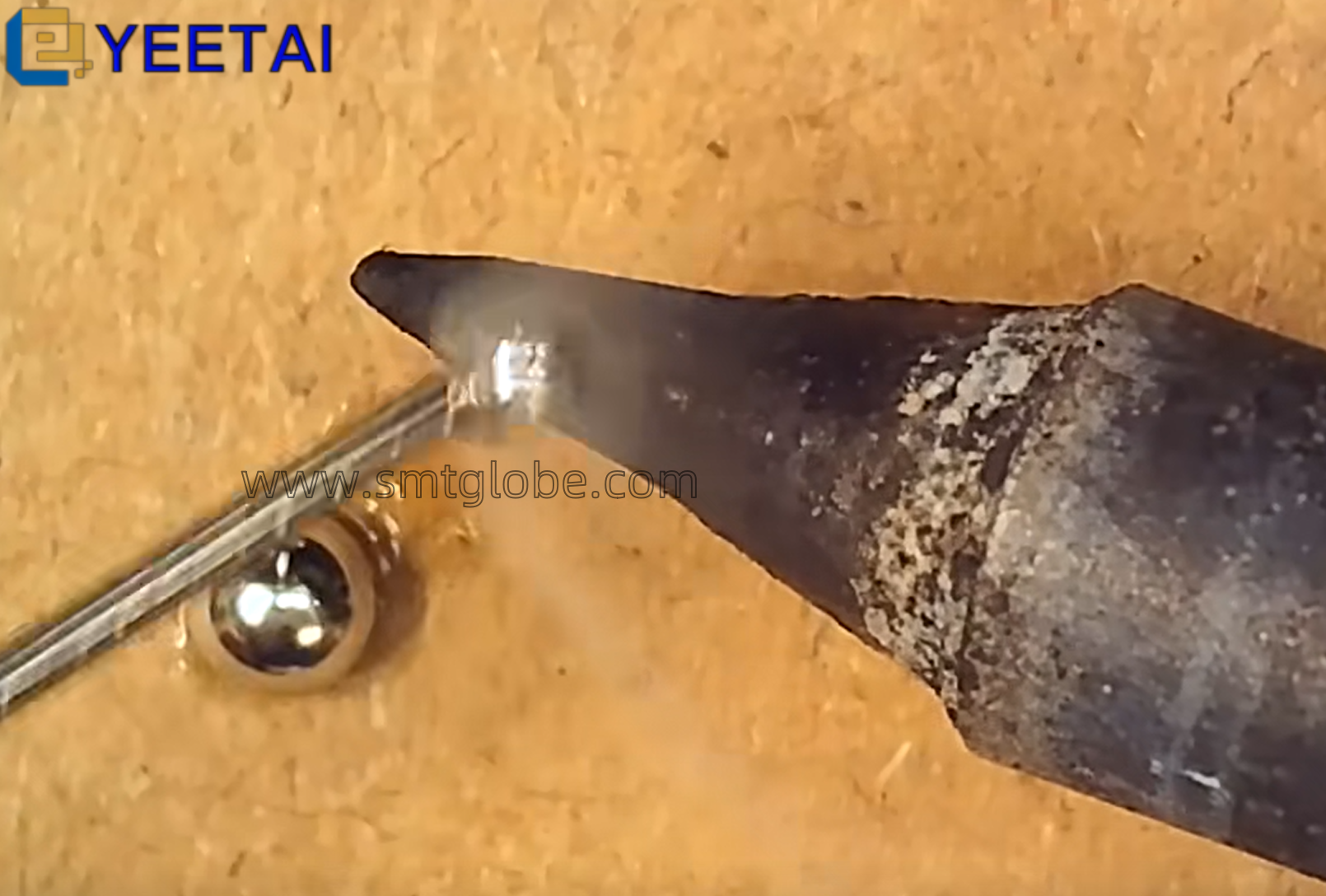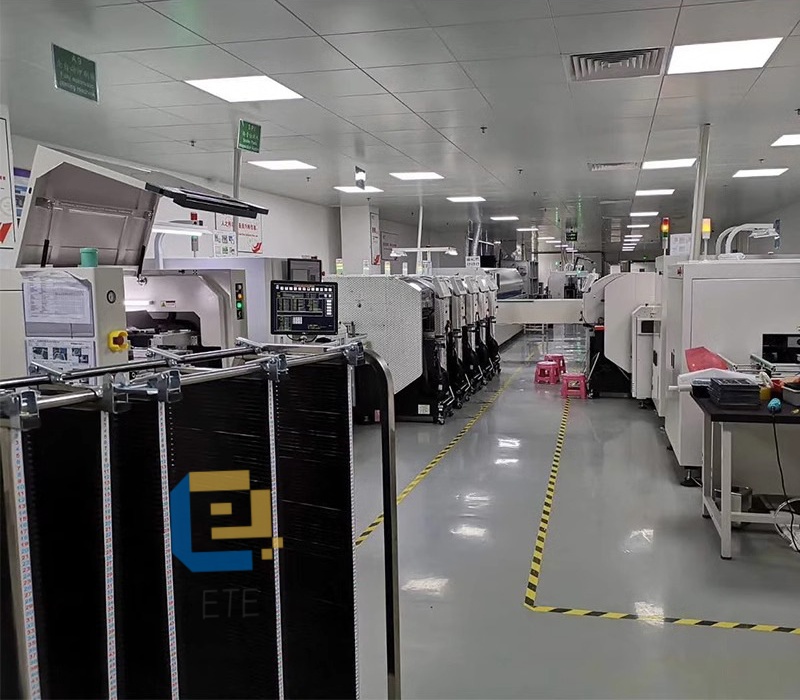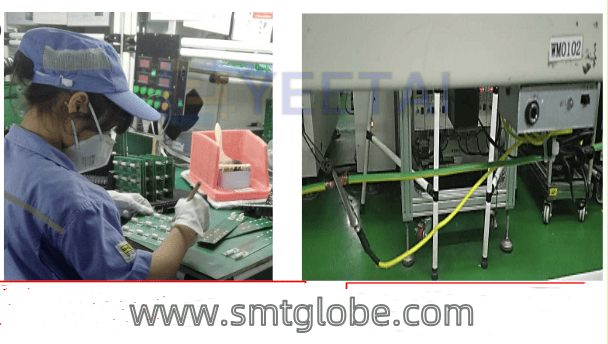With the rapid advancement of electronic manufacturing technology, Surface Mount Technology (SMT) has become an indispensable part of the electronics manufacturing industry. Among the key components of SMT production lines, pick-and-place machine feeders play a crucial role, providing efficient and precise performance that has revolutionized the electronics sector. This article delves into the working principles, technical features, and efficient applications of pick-and-place machine feeders.
1. Working Principles of Pick-and-Place Machine Feeders
Pick-and-place machine feeders, also known as feeders, are essential components of pick-and-place machines, primarily responsible for supplying precise components to the machine. The working principle involves several key steps:
- Component Identification and Positioning: Feeders utilize internal sensors or cameras to identify the type, size, and pin orientation of components, transmitting this information to the machine’s control system.
- Precise Feeding: The control system uses the received information to accurately control the feeder’s movement, ensuring that components are delivered precisely to the pick-up position of the machine.
- High-Speed Placement: The pick-and-place machine, following the control system’s instructions, quickly and accurately places components onto the printed circuit board (PCB).
2. Technical Features
- High Precision: Pick-and-place machine feeders employ advanced identification technologies and positioning algorithms, ensuring component feeding accuracy at the micron level, significantly enhancing placement accuracy and stability.
- High Speed: The feeders are designed with optimized mechanical structures and control systems, enabling high-speed feeding and placement of components, effectively boosting production efficiency.
- Intelligent Capabilities: With the integration of artificial intelligence and machine learning technologies, pick-and-place machine feeders possess enhanced intelligent capabilities, allowing them to adapt to various production environments and requirements.
3. Efficient Applications
- SMT Production Lines: Feeders are indispensable in SMT production lines, providing efficient and precise feeding capabilities that ensure stable operation. In the manufacturing of consumer electronics such as smartphones, tablets, and laptops, feeders play a vital role.
- Automated Production: As smart manufacturing and Industry 4.0 advance, the application of feeders in automated production is becoming increasingly widespread. By integrating with industrial robots and machine vision technologies, feeders facilitate the automation and intelligence of production processes, improving efficiency and product quality.
- Emerging Fields: With the rise of automotive electronics and medical electronics, the application of feeders in these emerging fields is also growing. Their high precision and speed in feeding capabilities provide strong support for the development of these sectors.
4. Conclusion
As a key component in the electronics manufacturing industry, pick-and-place machine feeders deliver efficient and precise performance that has brought revolutionary changes to the sector. With ongoing technological advancements and the expansion of application fields, feeders are expected to play an even more significant role in the future. Additionally, as market competition intensifies and environmental requirements increase, the feeder industry must continuously innovate and enhance product quality to meet market changes and challenges.
At YEETAI, we produce all kinds of feeder to upgrade SMT machines.



